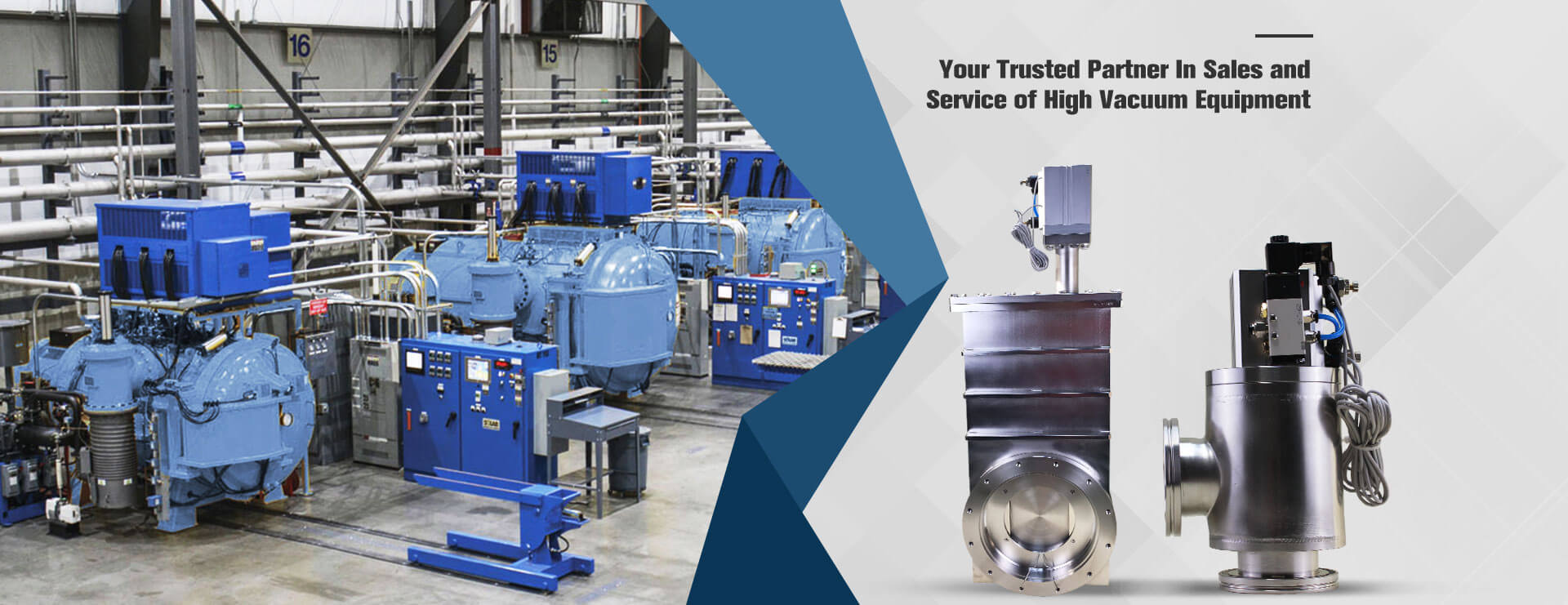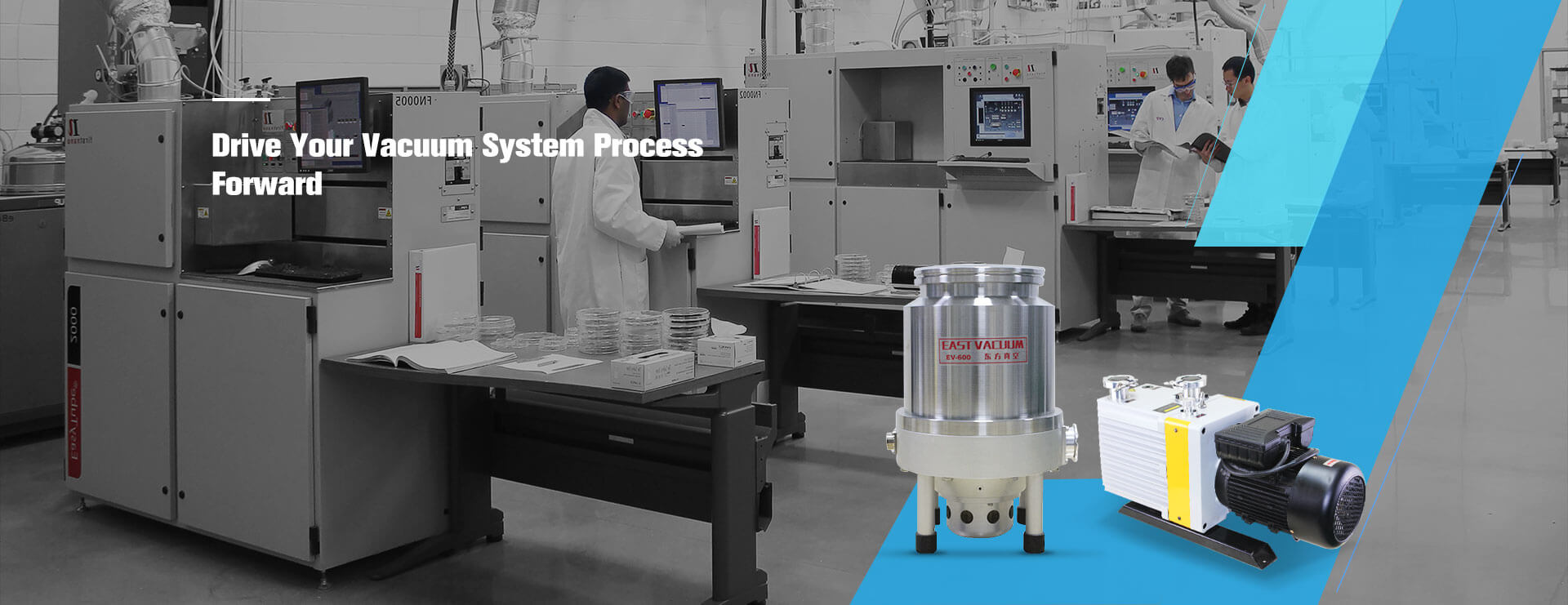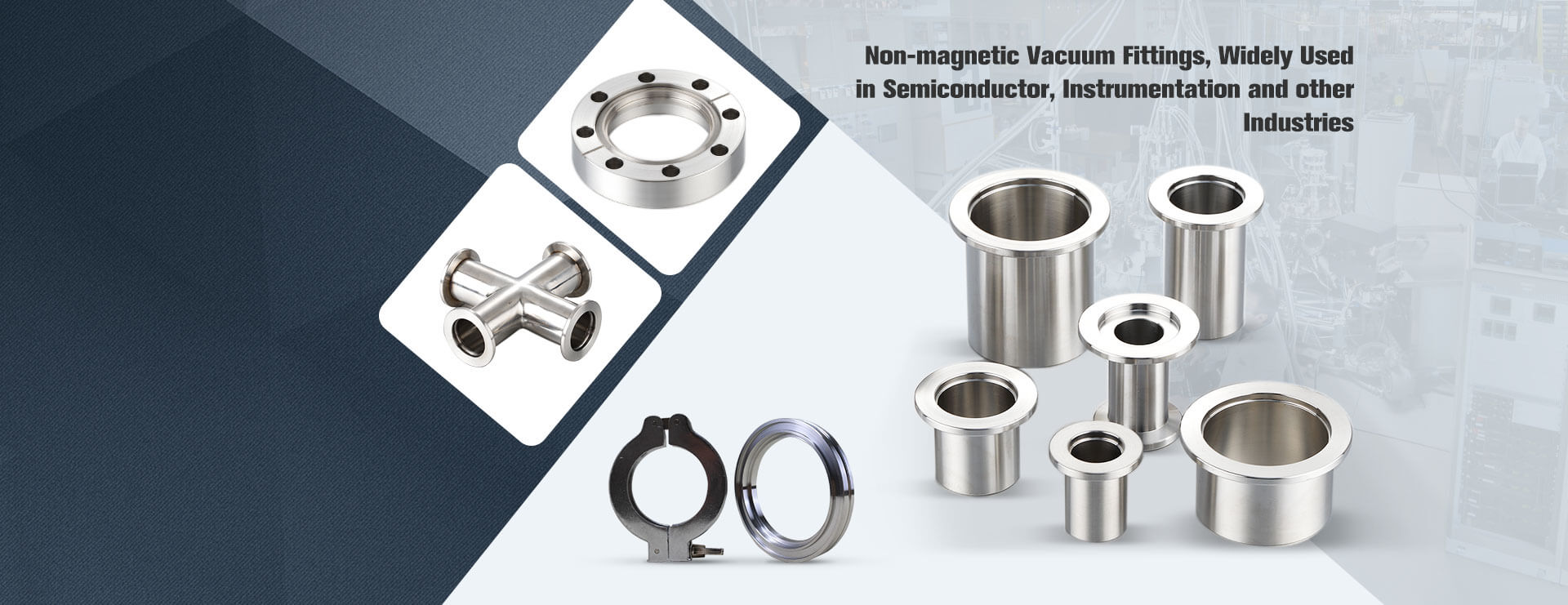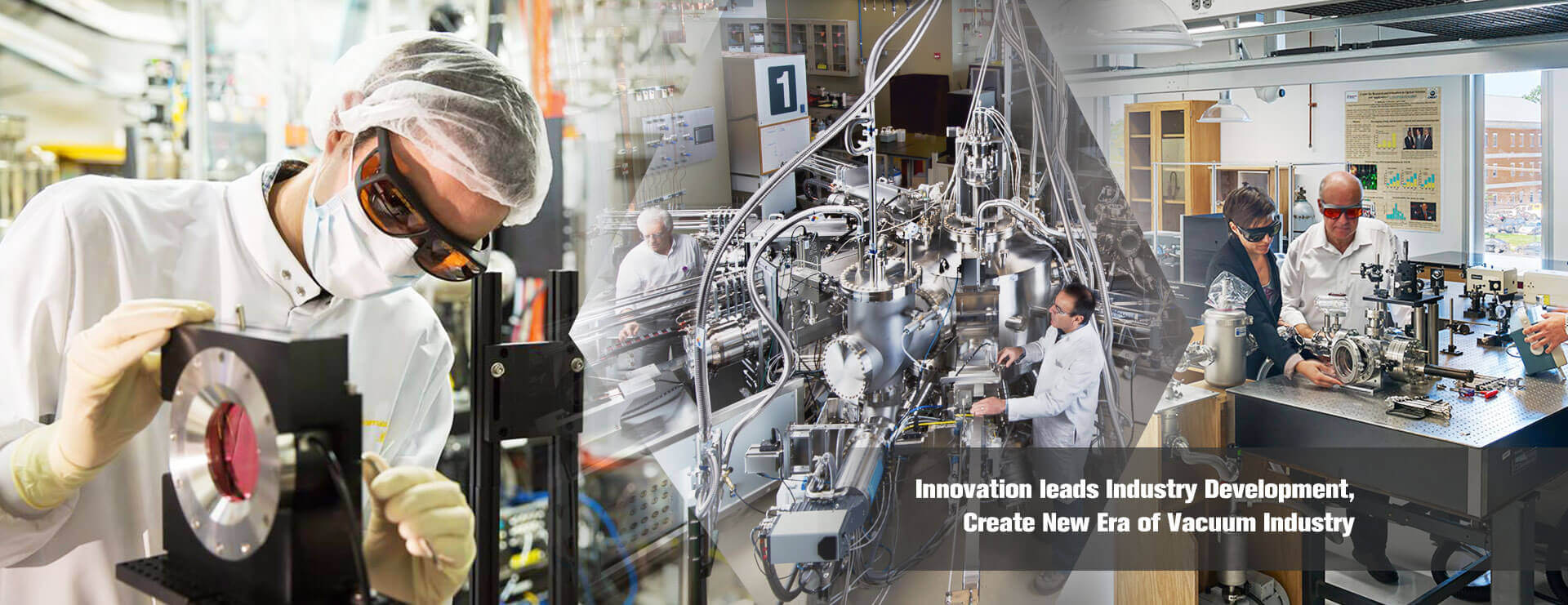The equipment that can expel gas from a closed container or keep the number of gas molecules in the container decreasing is usually called vacuum obtaining equipment or vacuum pump. According to the working principle of vacuum pumps, vacuum pumps can basically be divided into two types, namely gas transfer pumps and gas trapping pumps.

Gas transfer pumps
A gas transfer pump is a vacuum pump that allows the continuous suction and discharge of gases for pumping purposes.
1) Variable volume vacuum pumps
The variable volume vacuum pump is a vacuum pump that uses the cyclic change of the pump chamber volume to complete the suction and discharge process. The gas is compressed before discharge and there are two types of pumps: reciprocating and rotary.

The rotary vacuum pumps in the above table are further available in the following types:

The oil-sealed vacuum pumps in the above table can be further divided into five types according to their structural characteristics as follows:

2) Momentum transfer pumps
This type of pump relies on high speed rotating vanes or high speed jets to transfer momentum to the gas or gas molecules so that the gas is continuously transferred from the inlet to the outlet of the pump. They can be divided into the following types.
|
Type |
Definition |
Classification |
| Molecular vacuum pumps | It is a vacuum pump that uses a rotor rotating at high speed to transmit energy to the gas molecules to compress and exhaust them | Traction molecular pumps: the gas molecules gain momentum by colliding with a rotor moving at high speed and are sent to the outlet, and are therefore a momentum transfer pump |
| Turbomolecular pumps: The pumps are equipped with slotted discs or rotors with vanes which rotate between the stator discs (or stator blades). The rotor circumference has a high linear velocity. This type of pump usually operates in a molecular flow state | ||
| Composite molecular pump: It is a composite molecular vacuum pump combining two types of molecular pumps in series, the turbine type and the traction type | ||
| Jet vacuum pumps | It is a momentum transfer pump that uses a high velocity jet generated by the pressure drop of the Venturi effect to transfer the gas to the outlet and is suitable for operation in viscous and transition flow conditions | Liquid jet vacuum pumps: jet vacuum pumps with liquid (usually water) as the working medium |
| Gas jet vacuum pumps: jet vacuum pumps using non-condensable gases as working medium | ||
| Vapour jet vacuum pumps: jet vacuum pumps using vapour (water, oil or mercury vapour etc.) as working medium | ||
| Diffusion pumps | Jet vacuum pump with a low-pressure, high-speed vapour stream (vapour such as oil or mercury) as the working medium. The gas molecules diffuse into the vapour jet and are sent to the outlet. The density of the gas molecules in the jet is always very low and the pump is suitable for operation in a molecular flow state | Self-purifying diffusion pump: an oil diffusion pump in which volatile impurities in the pump fluid are conveyed to the outlet by special machinery without returning to the boiler |
| Fractionated diffusion pump: This pump has a fractionation device so that the working fluid vapour with a lower vapour pressure enters the nozzle for high vacuum work, while the working fluid vapour with a higher vapour pressure enters the nozzle for low vacuum work, it is a multi-stage oil diffusion pump | ||
| Diffusion jet pumps | It is a single or multi-stage nozzle with the characteristics of a diffusion pump and a single or multi-stage nozzle with the characteristics of a jet vacuum pump in series to form a momentum transfer pump. The oil booster pump is of this type | None |
| Ion transfer pumps | It is a momentum transfer pump that conveys the ionised gas to the outlet under the action of an electromagnetic or electric field | None |
Gas trapping pumps
This type of pump is a vacuum pump in which the gas molecules are adsorbed or condensed on the inner surface of the pump, thus reducing the number of gas molecules in the container and achieving the purpose of pumping, there are several types.

As vacuum applications in the field of production and scientific research require an increasingly wide range of applied pressures, most of them require several vacuum pumps to form a vacuum pumping system to pump together in order to meet the requirements of production and scientific research processes, so there are more cases where different types of vacuum pumps are used for pumping. To facilitate this, it is necessary to know the detailed classification of these pumps.
[Copyright statement]: The content of the article is from the network, the copyright belongs to the original author, if there is any infringement, please contact us to delete.
Post time: Dec-02-2022




